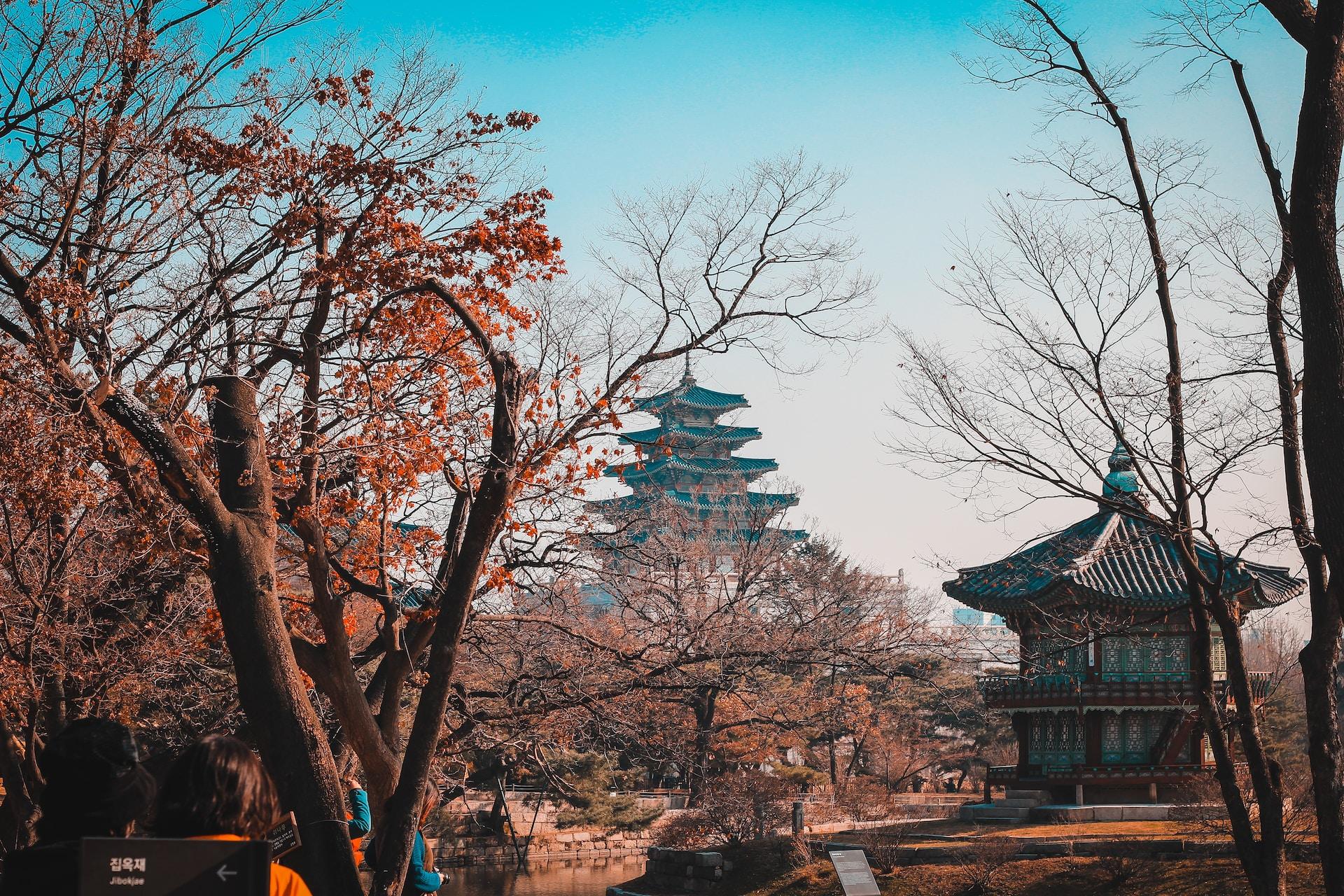South Korea is a country full of natural riches. Perhaps that is why Buddhism began to spread here from neighbouring China as early as 1700 years ago. Buddhist monks love nature, and on the Korean peninsula they could truly blend in. They began to build their temples in the forests and mountains, and their buildings still grace South Korea's national parks today.
The first national park was declared in South Korea in 1967, but since then, two dozen more have been established. Today, there are twenty-two in total, including seventeen in the mountains, four on the coast and in the sea, and one historic national park. The mountain parks have one thing in common, namely that their names all end with the suffix san. San is the Korean word for mountain. The parks are often named after the highest peak in their territory.
But before you set out to discover South Korea's natural riches, it's a good idea to think about what time of year you want to see them. Spring is not to be missed for a stroll under the sakura trees in bloom, summer offers the best weather for multi-day hikes across the largest parks, autumn sees the leaves play with an incredible array of colours, and winter sees the dark roofs of temples covered in a white layer of snow. So which national parks should you not miss when visiting South Korea, and what time of year should you visit?
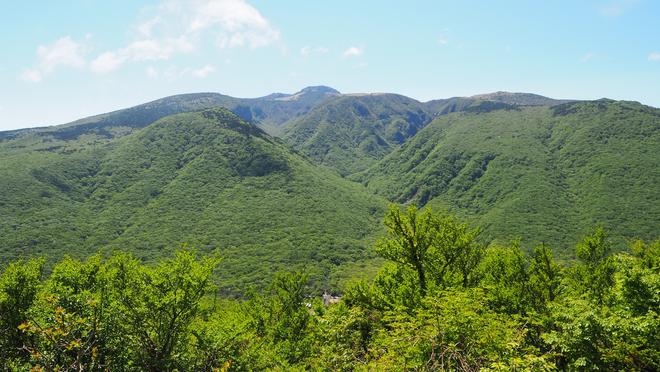
1. Hallasan
If you're planning a visit to the country in the early spring months, head to Jeju Island. Spring starts earlier here thanks to its location in the very south of the country. While you'll be walking under the cherry blossom trees, there will most likely still be a blanket of snow on top of Hallasan, South Korea's highest mountain. Hidden in the middle of the volcano, which is nearly 2,000 metres above sea level, is an iconic volcanic lake. There are then more than three hundred smaller parasitic volcanoes around the main volcano, which also makes the natural monument a UNESCO World Heritage Site. The volcano also has a second name, Yeongjusan, for its height, which translates as "a mountain so high it could move the galaxy".
2. Gyeongju
This single historic national park, nicknamed the ancient city of beauty, contains many ancient gems. It includes the Bulguksa Temple, Seokguram Cave with its seated Buddha statue, the iconic Donggung Palace and Namsan Nature Park, which has been described as an open-air museum of Buddhism for its statues, carvings and temples. But the area is especially famous for its ancient tombs. Some 700 tombs of kings and nobles from the Silla dynasty are scattered around the city that has grown up around them over the years. At the beginning of spring, the city hosts the Cherry Blossom Festival, under which you can even run in the annual marathon. For a spring forecast of where and when to go to see the flowering trees, click here.
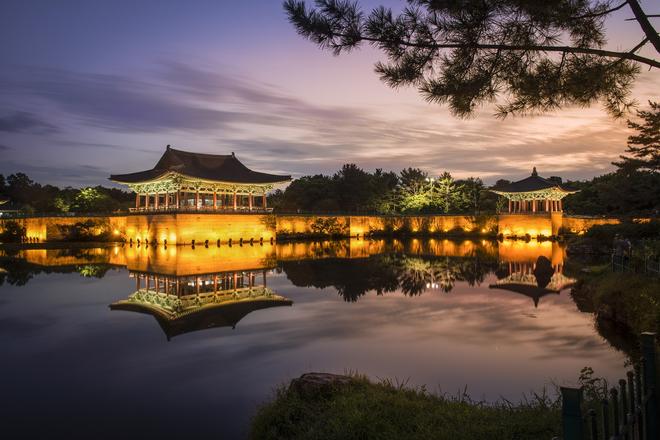
3. Jirisan
Jirisan Park contains the three major "bests". Firstly, it is the oldest national park in the country, secondly, it is the largest in terms of area and thirdly, it is home to the highest mountain in mainland South Korea. Why is it important to specify this so precisely? Because the volcano on Jeju Island, which belongs to the country, is a few dozen metres taller, and because the volcanic Baekdu Mountain in North Korea dwarfs the two mentioned above with its peak perched a kilometre higher. Even so, Jirisan is a very important mountain for Koreans, and they go to it with their radios around their necks in their free time. In fact, there is even a slight chance of running into the Asian black bears that Korea is trying to get back into its territory. For this reason, visitors talk loudly as they hike or have music playing from their pockets to scare the bears away. Summer is a good time to visit, as there are plenty of multi-day treks in the park with the option of staying overnight in lodges or campsites, for which the warm weather is ideal.
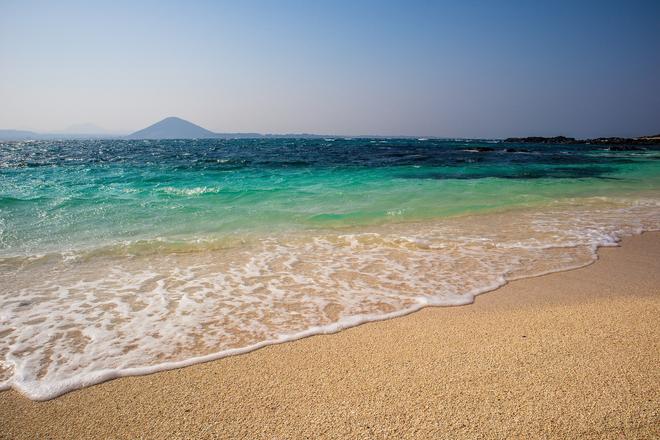
4. Hallyeohaesang
The unique marine ecosystem of the Hallyeohaesang Park extends along a 120-kilometre-long strip of coastline in the south of the country. In addition to the hilly parts, it includes over a hundred islands, a third of which are still uninhabited. In the past, the area was difficult to access, which is why the tiny villages have retained their authenticity and are living examples of fishing history. But don't think you can relax your muscles by taking a boat ride among the rocks and hidden white sand beaches. If you really want to enjoy the park to the full, you'll have to climb the nearest hill and admire the beauty of the islands from above. The reward for this expenditure of energy in the sultry summer sun can be delicious fish and seafood, which the fishermen in the small harbours will be happy to prepare for you.
5. Odaesan
In the northeast of the country, near the site of the Pyeongchang Winter Olympics, lies Odaesan Park. Here you'll find cultural sites as well as beautiful valleys dotted with rock formations and the Baekdudaegan Mountains, known as the backbone of Korea. It is also home to South Korea's largest natural forest and the entrance to the park itself is
protected by 200+ year old fir trees. Especially in autumn, the park becomes a popular destination for local and foreign tourists who come to admire the colorful autumn leaves. Don’t be surprised by the busloads of Koreans who, equipped with designer outdoor clothing and trekking poles, take the park by storm.
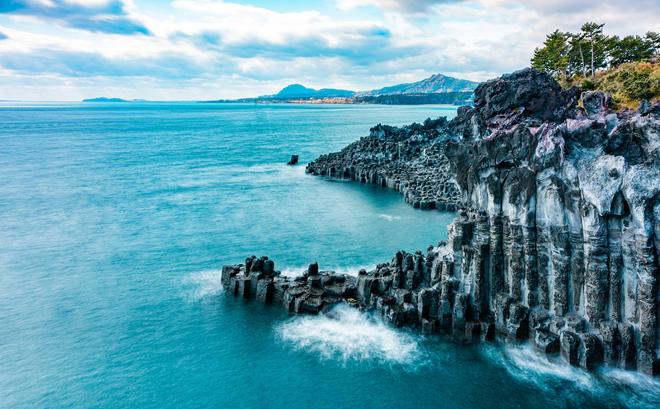
6. Naejangsan
But the real explosion of colour is in Naejangsan Park, near the historic city of Chongju. Take a stroll through the colourful maple forest and visit several Buddhist temples or the famous waterfalls, where the gods are said to have bathed. After all, the name Naejangsan itself could be translated as "the mountain that hides something inside". As with the spring forecast of sakura blossoms, there are sites that can advise you on which national park to visit and when to enjoy the most beautiful autumn colours.
7. Seoraksan
Perhaps the country's most popular natural gem is breathtaking at any time of year and well worth a visit even in inclement weather. Mount Seorak is considered the most beautiful in the country and together with the rocks peeking out of the forest cover, it creates a unique spectacle. In the park, you can admire the high waterfalls, climb the endless steps up to the cave temple of Geum-gang-gul, where a lone monk still chants his mantras, or take a cable car to a viewpoint overlooking the entire park. In winter, you'll also appreciate the Osaek Hot Springs, whose healing water will be a treat for your tired feet.
